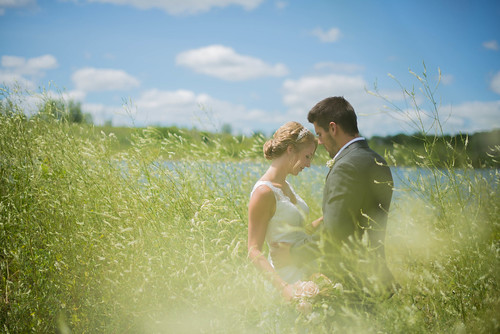Journey for Justice shares the journey of the Derksen family through the abduction, the process of uncovering a case that had gone cold, and the trial and conviction of her killer. It also describes a place and community of faith that I am well acquainted with- it describes connections of my life.
Mike McIntyre takes excerps from Wilma Derksens telling of the story, Have You Seen Candace?, as well as interviews, excerpts from official documents, and news releases. The first part of the book relies heavily on Wilma's excerpts, allowing the read to connect with tragedy at a more personal level. You get to see and experinece what Wilma and her family went through. When reading I could see myself talking on the phone at MBCI, walking to cornerstone that Candace bought stuff from, and walking Talbot Ave. when she went missing.
As the story progresses McIntyre changes tactics and uses more official documents, court records and interviews to tell the rest of the story. As a reader I found it hard to connect with the parts of the book that relied more on documentation rather then Wilma's story telling abilities. It was also hard to believe as a reader that the quotes we were reading could be direct quotes, when some of the quotations happened a quarter of a century earlier. I felt like I was read a document rather then being a part of the story.
As a piece of non-fiction, I found it interesting the balance of story telling weaved in with facts. I know writing articles for a paper is a lot different then the story we read, but there were evident portions of the book that seemed to be written more in that style verses a story. I wonder for this story if it might be better told either in a more consistent voice, like Myrl Coulter's book The House with the Broken Two.
When the time came for Wilma and Mike came to talk to us in class about the book I was excited to see them in person. As they told their stories and why they needed to write it, I sat there wishing I could sit just with Wilma, to ask her questions like what did it take for you to survive? How did you keep your sanity? How did you learn to forgive? I wanted to chat with her about what she told the reporters after the case, about how she said, "We grieve. This is just putting another life away, so that's hard. This doesn't bring Candace back,".
It was nice to hear about how the book was written, about the process and the content, but I longed to hear more about the story, and the life that was and now is Candace. I wanted more insight into their story, because I think with all the connections I had to it I was really looking for more insight into my story.










Post a Comment